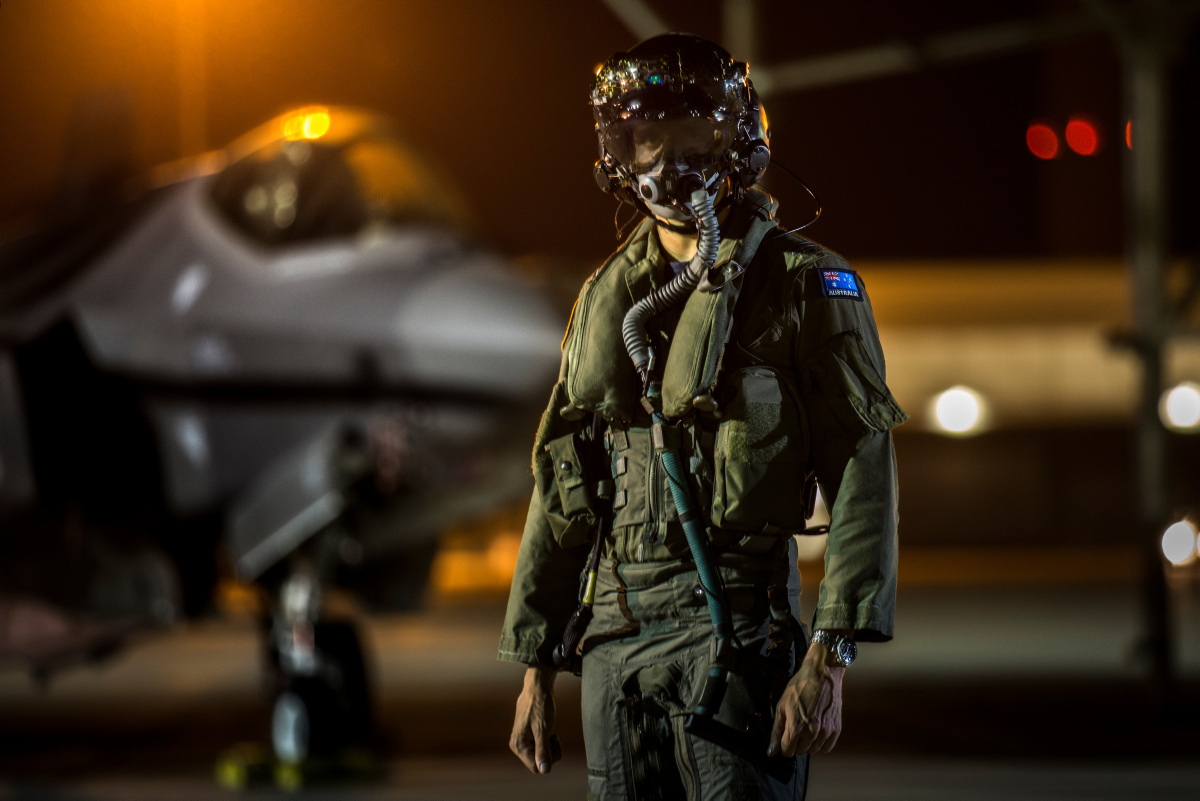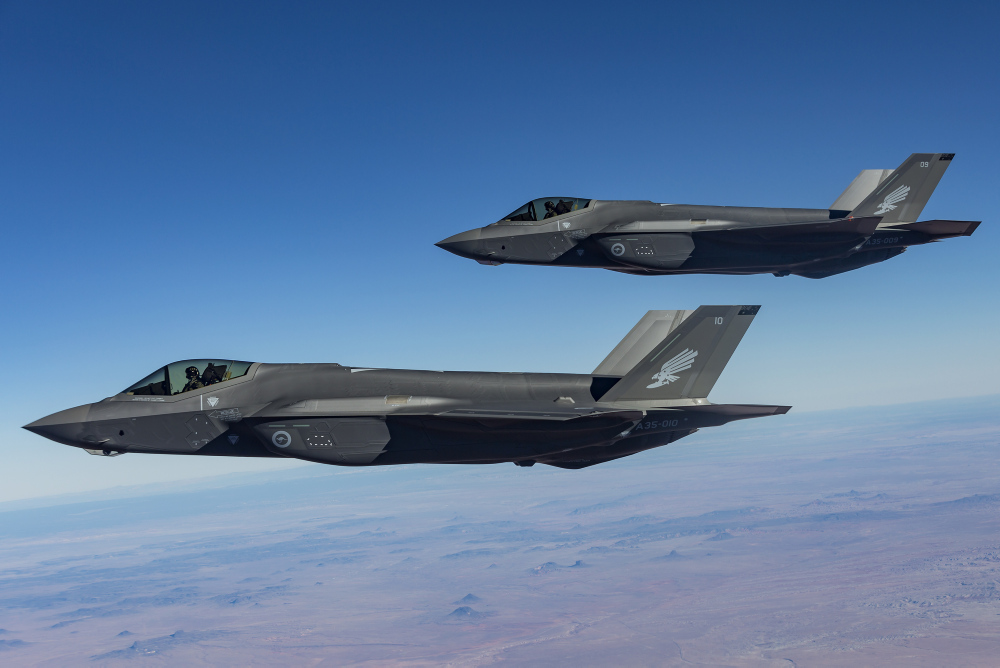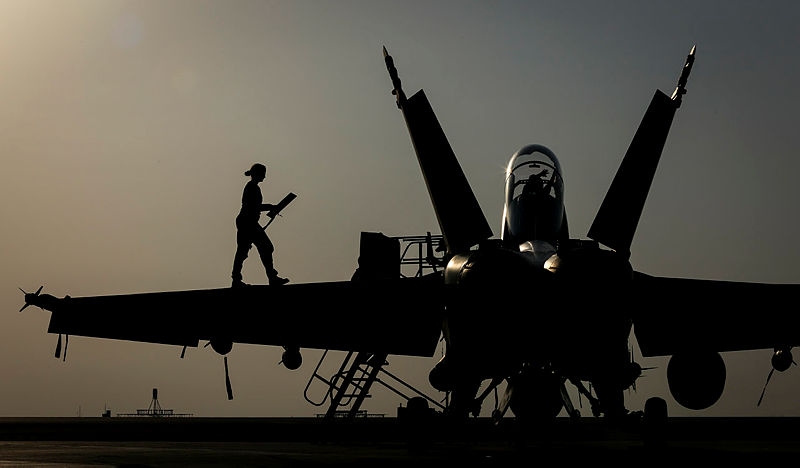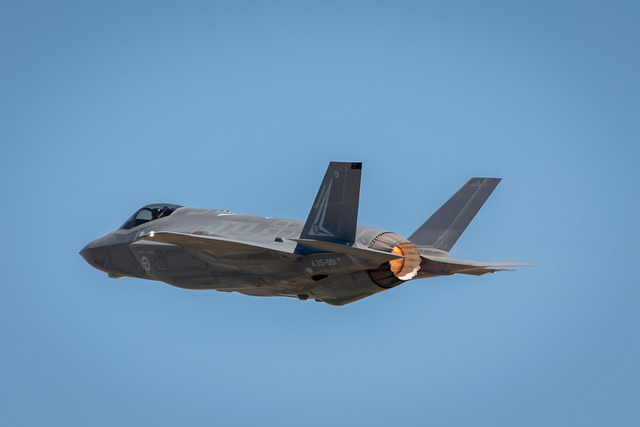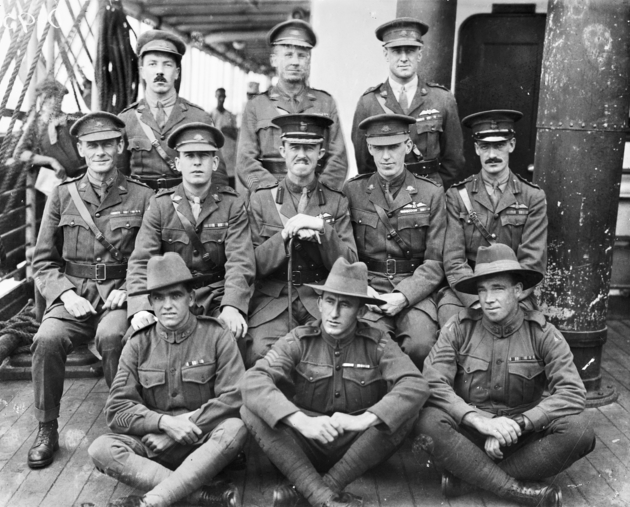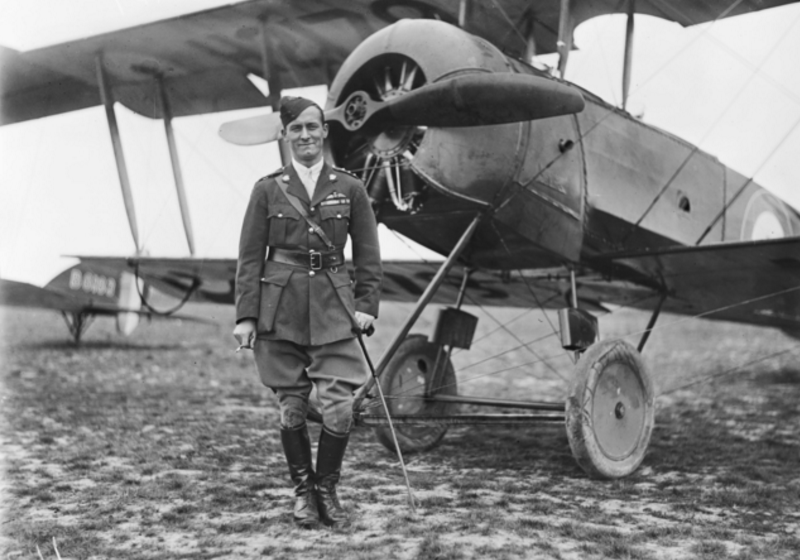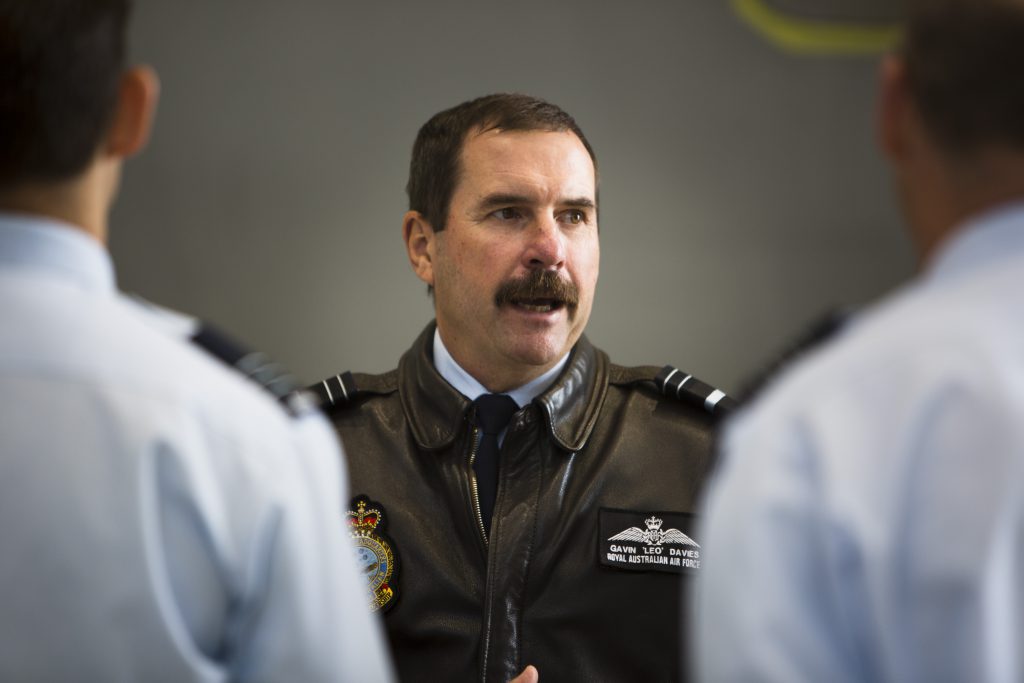‘Loyal wingman’ drone won’t solve RAAF’s biggest challenge

The head of the Royal Australian Air Force’s air combat group says he’s excited by the prospect of Australian pilots flying alongside a ‘loyal wingman’ unmanned aircraft like the one Boeing is developing in Brisbane.
Air Commodore Mike Kitcher says the drone, which will be the first combat-capable aircraft to be designed and built in Australia since the Boomerang in 1942, will present both cultural and technical challenges but the air force will be ready to tackle them.
‘The idea behind the loyal wingman concept is quite a sound one. The practicalities of executing it will prove challenging but are well worth investing in.
‘A loyal wingman that has greater flexibility to aid the defensive or survivability characteristics of a manned platform or indeed augment the lethality of that manned platform by carrying weapons—that’s quite an exciting concept, but it’s early days yet’, he told The Strategist.
And while it might seem intuitive, he says the unmanned plane isn’t likely to lead to an overall reduction in demand for the people the air force needs.
‘I think considering less people would probably be a false economy. I would like to think that those people that are operating the airframe will be far more lethal, survivable and combat capable, enabled by that loyal wingman concept.’
Kitcher told a briefing on the status of the RAAF’s F-35 program at the Australian International Airshow at Avalon that the biggest challenge he faces as head of air combat group is attracting and retaining enough people to run his operation.
‘At the moment, in introducing the F-35 capability the biggest challenges that I see are people. Enough qualified technicians, tradespeople and engineers to actually support the aircraft and its myriad systems, and then people to fly the aircraft.’
The first two RAAF F-35s arrived on Australian soil in December last year, though there are eight more currently being used on training programs in the US. And despite the workforce challenge, Kitcher says he’s happy with the current status of the F-35 project.
‘It would be fair to say it’s very early days’, says Kitcher. ‘I’ll be much more comfortable saying that things are going smoothly in about 12 to 15 months’ time, by mid next year, when we’ve got 12 to 16 aircraft operating in Australia.
‘I think it’d be quite premature to say that everything’s under control’, he says. ‘Things are looking positive at the moment, but there’s a long way to go over the next couple of years to get to IOC.’
The plan to get the F-35 to initial operating capability involves having eight jets in Australia by the end of the year and 30 jets on the ground by the end of 2020.
Kitcher’s biggest priority on that path, though, is making sure the RAAF achieves a ‘sovereign training capability’, meaning it trains all its F-35 pilots and ground crew domestically without the need for them to go to the US, as is currently the case.
‘Being able to conduct sovereign training for Australia is very important, in fact, I think the most important component of our initial operating capability.
‘If we don’t have, if you like, the engine room that is our training capability, then it’s going to be difficult to get to our final operating capability.
That final level of readiness is due in late 2023, by which time the RAAF’s full complement of 72 jets should be in the country.
Understandably, Kitcher doesn’t want to present an opinion on whether the government should acquire an extra squadron of F-35s, as has been mooted, or pursue other options, though among geopolitical and budgetary factors, he mentions that the progress of the ‘loyal wingman’ project may be a factor in that decision.
After coming in for a large amount of criticism over the past several years, the F-35’s aerial performance is now getting more positive reports from exercises like ‘Red Flag’ in the US, which Kitcher flew in last month in a ‘Classic’ Hornet as part of an Australian contingent alongside American and British aircraft.
He says the new jet’s performance was good, but what impressed him more was the way the F-35 integrated with older aircraft like his and enabled them to better do their own jobs.
‘It was actually better than I expected at this stage.
‘Certainly I felt far more empowered and enabled by the fact that that there were F-35s there and, to a certain extent, US Navy Super Hornets as well there making our Classic Hornet capability better than what it would otherwise be.’
During the exercise the ‘blue’ side didn’t have things all its own way, but in some of the missions Kitcher flew in, the F-35 led the way in gaining superiority over the ‘red’ team.
‘They kicked the door down against a fairly determined air adversary. They then retired back towards the strike train while F-22s came over the top and held that door open.
‘The F-35s then, using their sensors and other capabilities, led a combined strike package that took the Classic Hornet formation that I was flying in, a US Navy Super Hornet formation and a [British] Typhoon formation, supported by US Navy Growlers and US Air Force F-16s, deep into enemy territory against a significant surface-to-air threat to deliver precision-guided weapons on targets, and the F-35s provided sensor awareness that would otherwise have been unavailable to myself flying a Classic Hornet.’
While the RAAF is working to integrate the F-35 with other aircraft and use it to enhance their capabilities, Kitcher says there may be scenarios in which the jet operates on its own because it may be too risky to fly less advanced aircraft on the same missions.
‘The primary focus of our validation and verification activities will be ensuring the F-35 value-adds to the entire ADF capability and improves our entire capability while preserving the option to use the F-35 on its own if the threat environment requires that.’
It’s not just other RAAF aircraft that the F-35 will work with. Kitcher says integration with the navy’s new air warfare destroyers will be key to getting the most out of the jet.
That kind of capability, and the development of ‘sovereign mission data files’ to optimise the F-35 for Australia-specific requirements, go beyond what the RAAF has done in the past.
‘With the F-35, it’s a completely different way of doing business’, he says.

